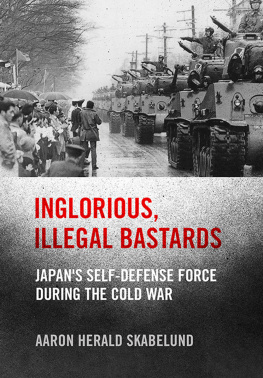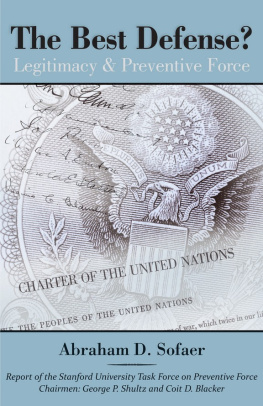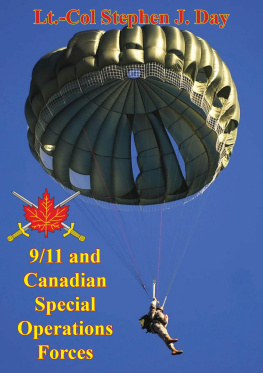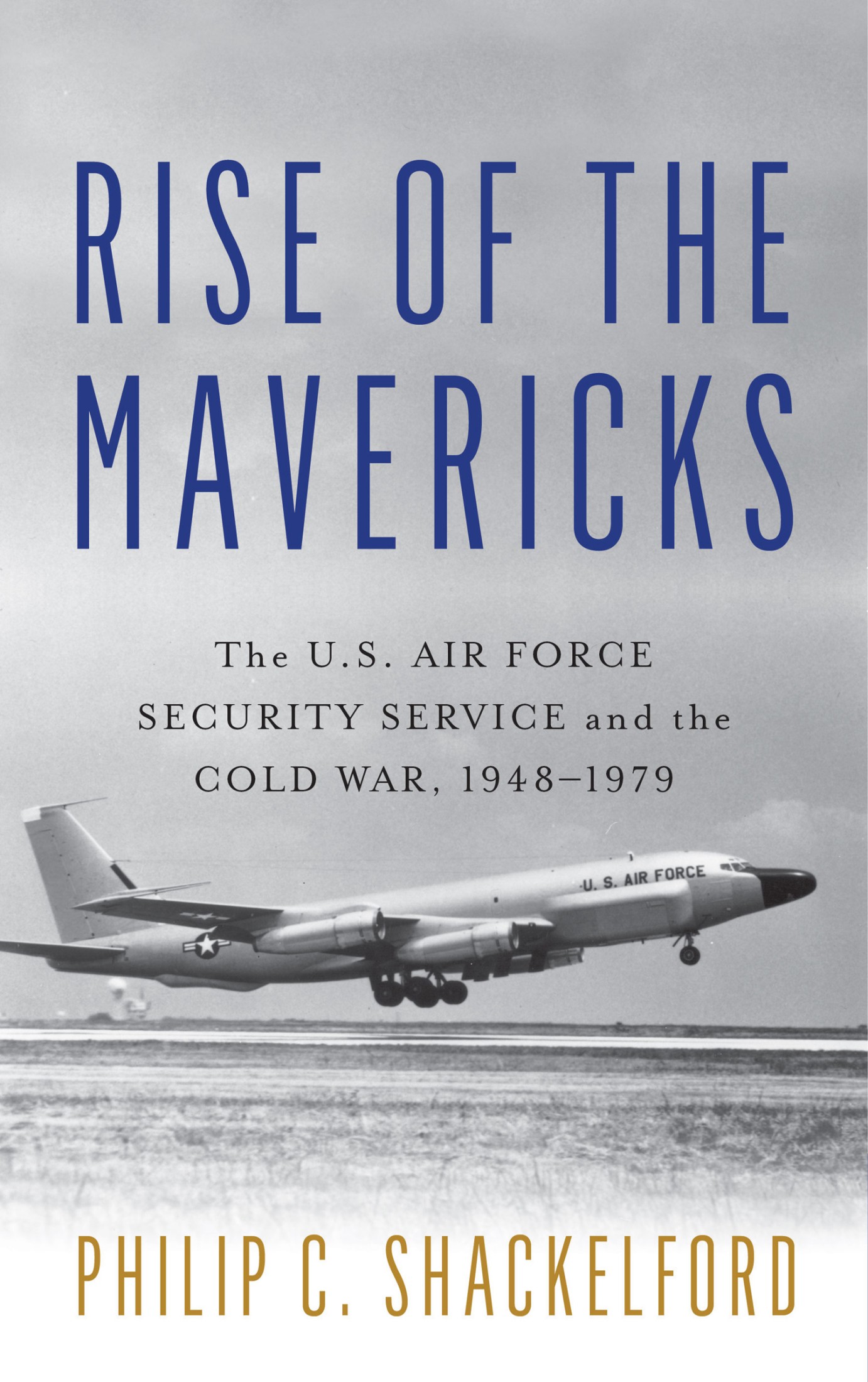TITLES IN THE SERIES
The Other Space Race: Eisenhower and the Quest for Aerospace Security
An Untaken Road: Strategy, Technology, and the Mobile Intercontinental Ballistic Missile
Strategy: Context and Adaptation from Archidamus to Airpower
Cassandra in Oz: Counterinsurgency and Future War
Cyberspace in Peace and War
Limiting Risk in Americas Wars: Airpower, Asymmetrics, and a New Strategic Paradigm
Always at War: Organizational Culture in Strategic Air Command, 194662
How the Few Became the Proud: Crafting the Marine Corps Mystique, 18741918
Assured Destruction: Building the Ballistic Missile Culture of the U.S. Air Force
Mars Adapting: Military Change during War
Cyberspace in Peace and War, Second Edition
TRANSFORMING WAR
Paul J. Springer, editor
To ensure success, the conduct of war requires rapid and effective adaptation to changing circumstances. While every conflict involves a degree of flexibility and innovation, there are certain changes that have occurred throughout history that stand out because they fundamentally altered the conduct of warfare. The most prominent of these changes have been labeled Revolutions in Military Affairs (RMAs). These so-called revolutions include technological innovations as well as entirely new approaches to strategy. Revolutionary ideas in military theory, doctrine, and operations have also permanently changed the methods, means, and objectives of warfare.
This series examines fundamental transformations that have occurred in warfare. It places particular emphasis upon RMAs to examine how the development of a new idea or device can alter not only the conduct of wars but their effect upon participants, supporters, and uninvolved parties. The unifying concept of the series is not geographical or temporal; rather, it is the notion of change in conflict and its subsequent impact. This has allowed the incorporation of a wide variety of scholars, approaches, disciplines, and conclusions to be brought under the umbrella of the series. The works include biographies, examinations of transformative events, and analyses of key technological innovations that provide a greater understanding of how and why modern conflict is carried out, and how it may change the battlefields of the future.
RISE OF THEMAVERICKS
The U.S. AIR FORCESECURITY SERVICE and theCOLD WAR, 19481979
PHILIP C. SHACKELFORD
Naval Institute PressAnnapolis, Maryland
Naval Institute Press
291 Wood Road
Annapolis, MD 21402
2023 by Philip C. Shackelford
All rights reserved. No part of this book may be reproduced or utilized in any form or by any means, electronic or mechanical, including photocopying and recording, or by any information storage and retrieval system, without permission in writing from the publisher.
Library of Congress Cataloging-in-Publication Data
Names: Shackelford, Philip C., author.
Title: Rise of the Mavericks : the U.S. Air Force Security Service and the Cold War / Philip C. Shackelford.
Other titles: U.S. Air Force Security Service and the Cold War
Description: Annapolis, Maryland : Naval Institute Press, [2023] | Series: Transforming war | Includes bibliographical references and index.
Identifiers: LCCN 2022042963 (print) | LCCN 2022042964 (ebook) | ISBN 9781682478820 (hardcover) | ISBN 9781682478837 (ebook)
Subjects: LCSH: United States. Air Force. Security Service. | Military intelligenceUnited StatesHistory20th century. | Electronic intelligenceUnited StatesHistory20th century. | United States. Air ForceBiography. | Aerial reconnaissance, AmericanHistory20th century. | Cold WarCryptography. | BISAC: HISTORY / Military / Aviation & Space | HISTORY / Modern / 20th Century / General
Classification: LCC UB251.U5 S53 2023 (print) | LCC UB251.U5 (ebook) | DDC 358.4/13432097309045dc23/eng/20220927
LC record available at https://lccn.loc.gov/2022042963
LC ebook record available at https://lccn.loc.gov/2022042964
Print editions meet the requirements of ANSI/NISO z39.481992 (Permanence of Paper). Printed in the United States of America.
313029282726252423987654321
First printing
CONTENTS
FIGURES
The Air Force Intelligence Apparatus in Relation to the Broader Intelligence Community
Breakdown of the Air Force Intelligence Apparatus
Breakdown of Intelligence Deficiencies
Air Force Intelligence Proposed Budget Breakdown, 1950
FOREWORD
IN THE FULLNESS OF TIME, the individual nations of this world have developed the very best intelligence systems available to them. The leaders of our nation have kept us on the cutting edge of intelligence innovation. A prime example of this is described in this bookthe development of the U.S. Air Force Security Service.
Nations have also come to realize that to maintain a strong intelligence commitment is as valuable as maintaining the most modern military equipment. The leaders of the U.S. Air Force considered the Security Service so important that they made it a separate command. The Security Service became operational at just about the start of the Cold War and proved a valuable tool during that time. It has proven to be a remarkable addition to the nations intelligence network.
I was a farm boy from north Mississippi and had a very humble upbringing. From August 1952 until August 1956, I was an enlisted man in the Air Force. I spent thirty months of this time in the Security Service, stationed at the Royal Air Force station in Kirknewton, Scotland. My first impression of the base at Kirknewton, with its tar-paper buildings and its rundown condition, was of a most distressing place. Nevertheless, it was home for the next thirty months.
There was talk at that time of the Security Service as an enlisted mans unit because of the large ratio of enlisted men to officers. Our unit was the 37th Radio Squadron, Mobile (RSM), later changed to the 6952nd RSM. My training and duties were as a teletype-crypto operator. I was very impressed with the mission of Security Service and with the dedication of the airmen. The level of security that surrounded the work impressed me, and I considered the work an important part of American intelligence gathering, especially during the Cold War.
I am also the grandfather of the author of this book, Philip C. Shackelford.

Philip attended Kent State University in Ohio. At some time during his second year, Philip became interested in the Air Force Security Service and told me he was doing research on this subject. I was shocked at the amount of information he had found on the subject in declassified filesshocked because we had been grilled from orientation until discharge never, ever to discuss, with anyone, what we did in the Security Service. I had never discussed our work at USAFSS with anyone, but here was a young college student who knew far more than I had ever had the opportunity to learn.
Philip completed masters degrees in both history and library science at Kent State, and he wrote his masters thesis on the Security Service. He has wanted to write this book since his college days and finally has accomplished it. He has spent a lot of time digging out the information contained in this book, and he has personally interviewed a number of people who were actually involved in the Security Service. Exploring the mix of all the intelligence units of our nation makes this book a fairly technical one. It requires the readers full attention but is well worth the effort. Philip has done an excellent job in telling the story of the Security Service, and it needed to be told.










